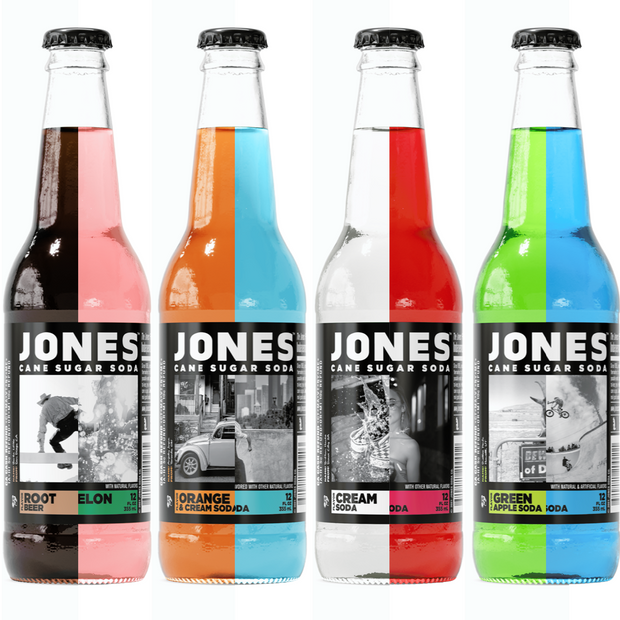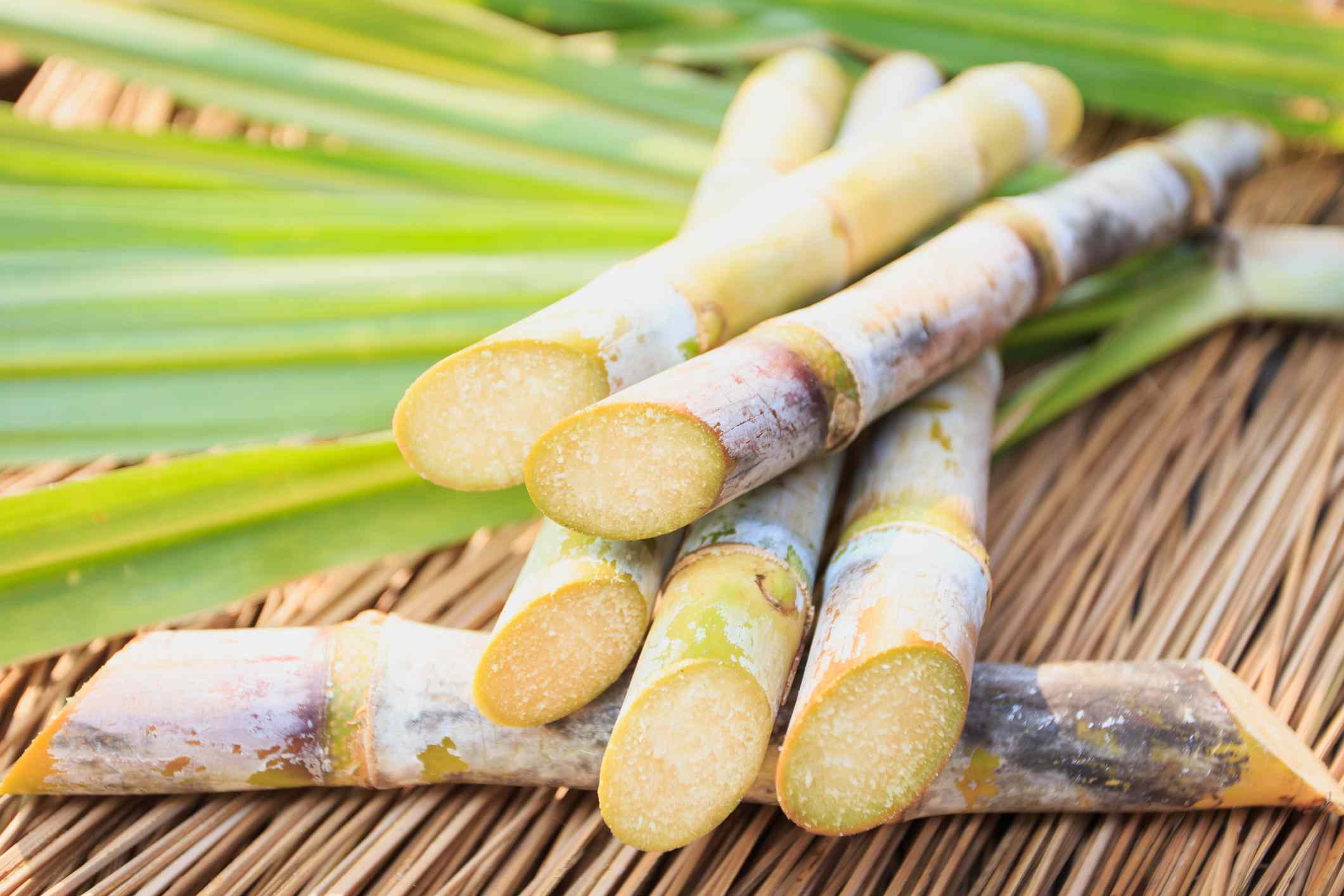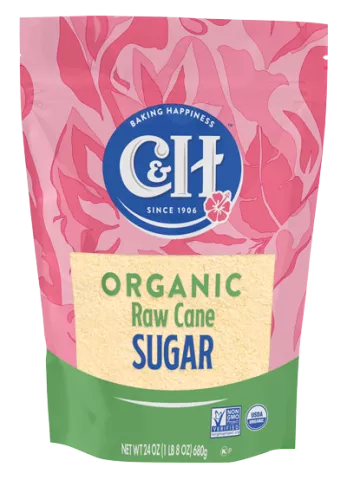Checking Out the Comprehensive Steps Included in Walking Cane Sugar Handling From Harvesting to Refinement
The procedure of walking cane sugar manufacturing encompasses a series of complex actions, beginning with the cautious harvesting of sugarcane and finishing in the refinement stages that make sure the last product fulfills sector standards. Each phase, from the removal of juice to the filtration and condensation procedures, plays an important duty in identifying the high quality and character of the sugar.
Gathering Sugarcane
Harvesting sugarcane is a critical action in the cane sugar handling chain, as it straight influences the quality and return of the end product. Correct timing and techniques are important during this stage to guarantee ideal sugar material and lessen losses. Typically, sugarcane is collected when it reaches maturity, typically 12 to 18 months after planting, defined by a high sucrose concentration.

Post-harvest, the sugarcane should be refined promptly to stop sucrose destruction. Preferably, collected walking cane needs to be transferred to processing centers within 1 day to protect sugar top quality. For that reason, efficient logistical planning is important to maintain the honesty of the harvested plant throughout the supply chain.
Removal Process

The smashed walking stick goes through a series of pushing procedures to take full advantage of juice recovery. Typically, warm water is splashed onto the smashed cane, producing a countercurrent circulation that helps liquify the sugar while additionally helping in the extraction process. The juice accumulated from this procedure consists of not only sugar but also numerous organic compounds and contaminations.

To enhance extraction performance, some centers might employ diffusion techniques, where the sugarcane is taken in warm water, enabling the soluble sugars to diffuse right into the fluid. The resulting juice, abundant in sucrose, is then directed to subsequent handling phases, laying the structure for filtration and improvement. The extraction process is thus pivotal in identifying the top quality and return of the last sugar item.
Filtration Strategies
The filtration strategies used in walking cane sugar processing are vital for changing the raw juice into a top notch sugar item. These techniques largely intend to get rid of contaminations, such as soil, plant materials, and inorganic materials, which can negatively influence the end product's flavor and shade.
This procedure involves including lime and heat to the raw juice, which helps with the coagulation of impurities. In addition, the use of phosphoric acid can boost the information process by further binding contaminations.
One more significant method is carbonatation, where carbon dioxide is presented to the cleared up juice. This reaction creates calcium carbonate, which captures continuing to be impurities and advertises their removal.
In addition, triggered carbon treatment may be put other on adsorb any type of continuing to be colorants and natural pollutants, ensuring a much more refined product. The mix of these methods properly prepares the sugar juice for subsequent action in the refining process, establishing the phase for the production of premium cane sugar.
Condensation Approaches
After the filtration phase, the following vital action in walking cane sugar processing involves condensation methods, which play an essential duty in transforming the clarified juice right into solid sugar. This procedure usually uses two main techniques: spontaneous formation and regulated formation.
In spontaneous formation, supersaturated sugar remedies are permitted to cool down normally, leading to the formation of sugar crystals over time. This approach permits for the consistent development of sugar crystals and higher purity.
During condensation, the made clear juice is focused via dissipation, boosting its sugar web content up until it reaches supersaturation. Once this point is attained, either approach can assist in the condensation process. Cane Sugar Processing. The resultant sugar crystals are then separated from the staying syrup through centrifugation
Ultimately, the choice of formation approach impacts the high quality, size, and purity of the last sugar item, making this action crucial in the total walking cane sugar processing procedure.
Improvement and Packaging
Just how can the purity and high quality of cane sugar be additionally boosted after condensation? The improvement process plays a vital role in accomplishing high-quality walking cane sugar.
Next, the sugar undergoes a process called centrifugation, where it is spun at high rates to divide the purified sugar crystals from the remaining liquid. After centrifugation, the sugar is usually further fine-tuned via a method called carbonization or phosphatation, which uses triggered carbon or phosphoric acid to remove shade and off-flavors.
As soon as refined, the sugar is dried to accomplish find out the wanted wetness web content, guaranteeing that it stays secure throughout storage and transport. The last action involves packaging the refined sugar in impermeable and moisture-proof containers to maintain its top quality and protect against contamination. Cane Sugar Processing. Proper packaging not only extends rack life yet additionally helps with simple handling and distribution, making sure that customers obtain sugar that meets the greatest requirements of purity and top quality
Verdict
The thorough steps entailed in walking cane sugar processing, from the careful harvesting of sugarcane to the complex improvement and packaging stages, emphasize the significance of each phase in making sure high-grade sugar manufacturing. Optimum harvesting methods, effective removal approaches, and strenuous filtration processes collectively add to the end product's pureness and stability. The crystallization and subsequent product packaging techniques even more improve the integrity and service life of the sugar, highlighting the intricacy and precision inherent in this important farming sector.
The process of cane sugar manufacturing includes a series of detailed steps, starting with the cautious harvesting of sugarcane and culminating in the improvement stages that ensure the last item fulfills market standards. Preferably, gathered cane should be transferred to refining facilities within 24 hours to preserve sugar top quality.In spontaneous crystallization, supersaturated sugar solutions are permitted to cool down naturally, leading to the formation of sugar crystals over time - Cane Sugar Processing. The improvement procedure plays a critical function in attaining top notch cane sugar.The thorough web link steps entailed in cane sugar processing, from the thorough harvesting of sugarcane to the complex refinement and product packaging phases, highlight the relevance of each phase in making sure top quality sugar manufacturing
Comments on “Reliable Cane Sugar Processing: Taking Full Advantage Of Yield and Purity”